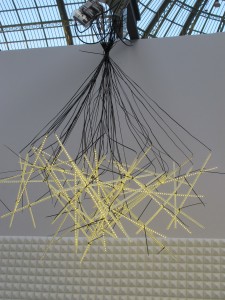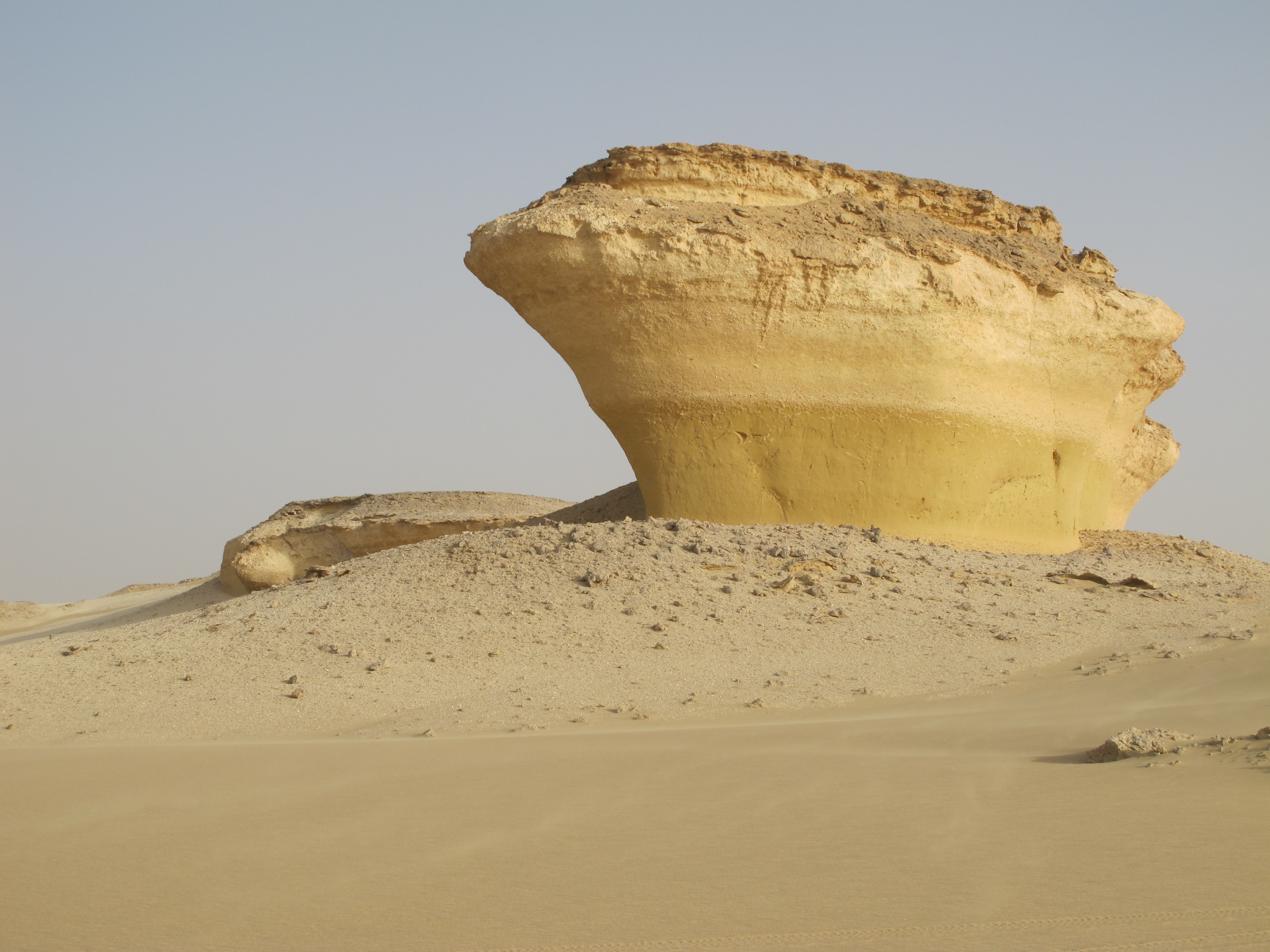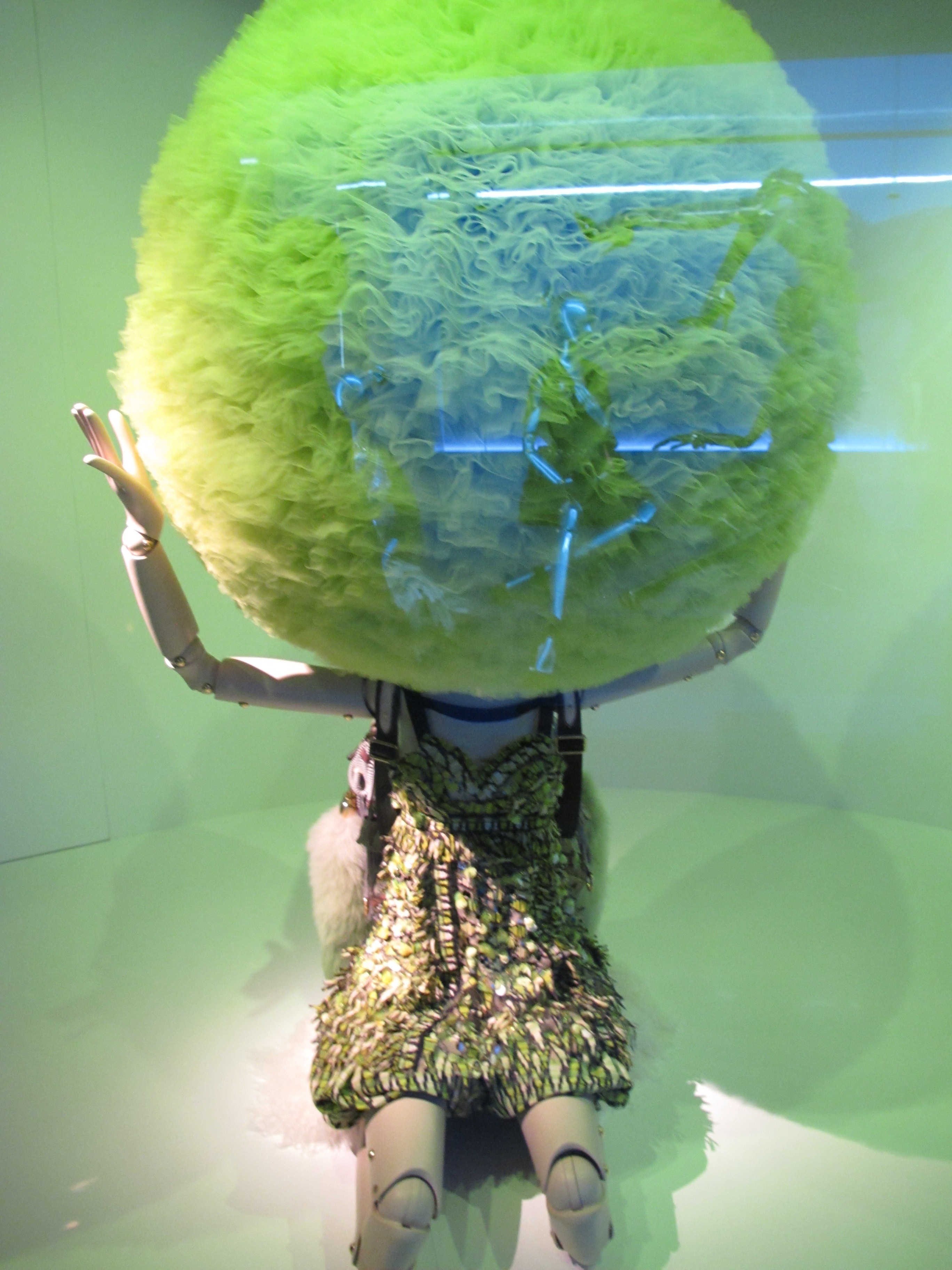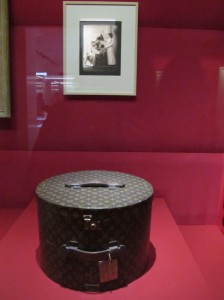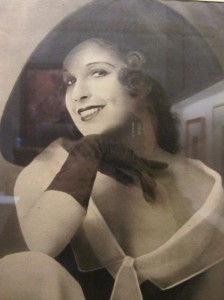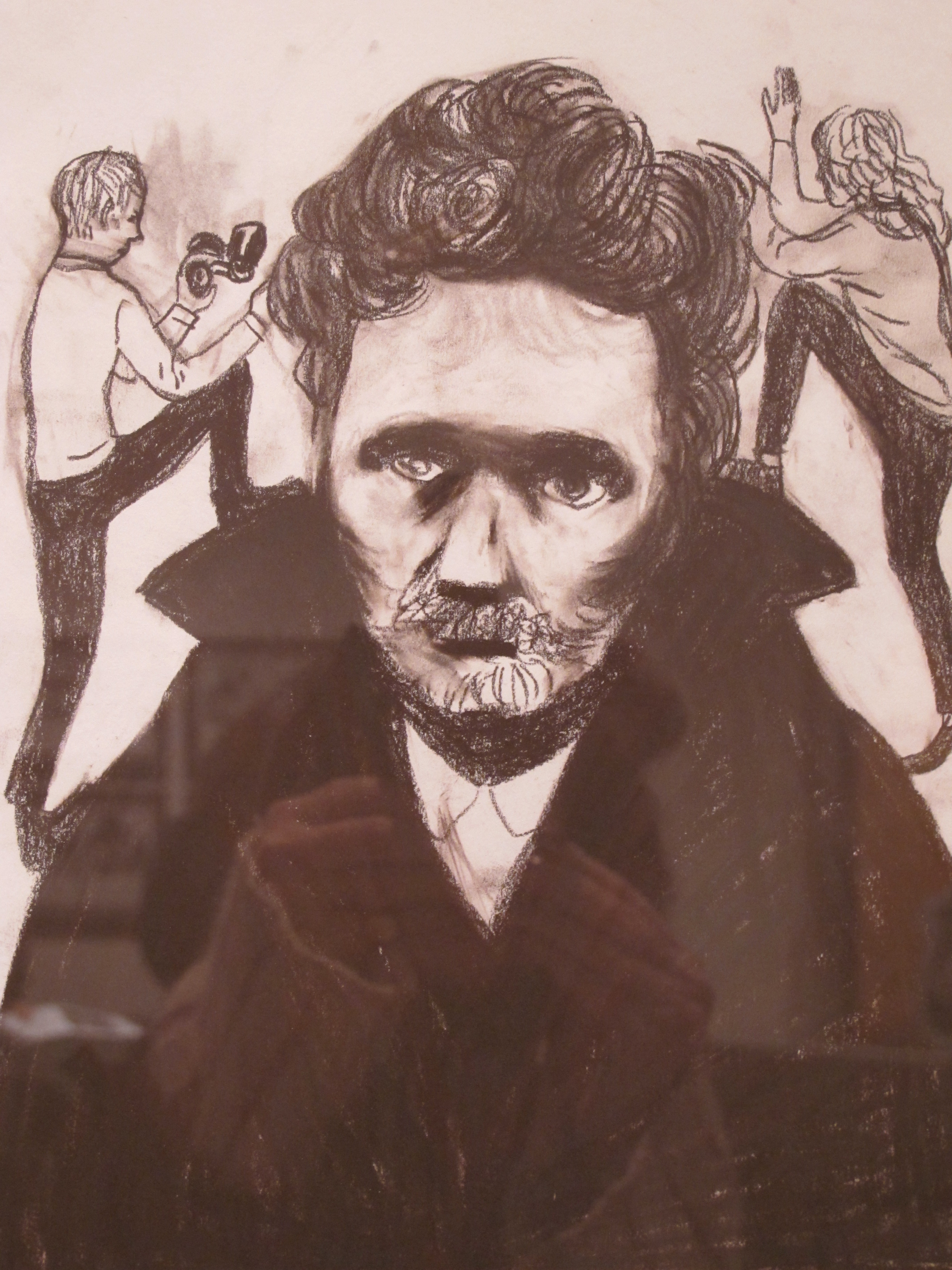The psychological warfare continues between the candidates of the French elections’ first tour Sunday, April 22. The next and crucial election will take place on May 6. Both are during long week-ends wich makes the game even more thrilling, as many might have travelled away for the holidays.
Equals:
Four days before the first elections, the two main candidates – the socialist François Hollande and the sitting President, Nicolas Sarkozy – have an equal percentage of 27% each. The right-wing candidate, Marine Le Pen, managed at the last minute to collect the 500 names needed to be able to compete. She now has 15.5% of the votes. The leftist, Jean-Luc Mélenchon, has lately gained in popularity and is now up at 14.5%. The centrist, François Bayrou, comes just behind him with 10%. The big loosers are the Green that, with the Norwegian Eva Joly, have steadily lost the voters’confidence and is now down to a low of just one or two percent. But the main thrill comes with the 35% of voters that can still change their minds. They are called the “mobile voters”.




